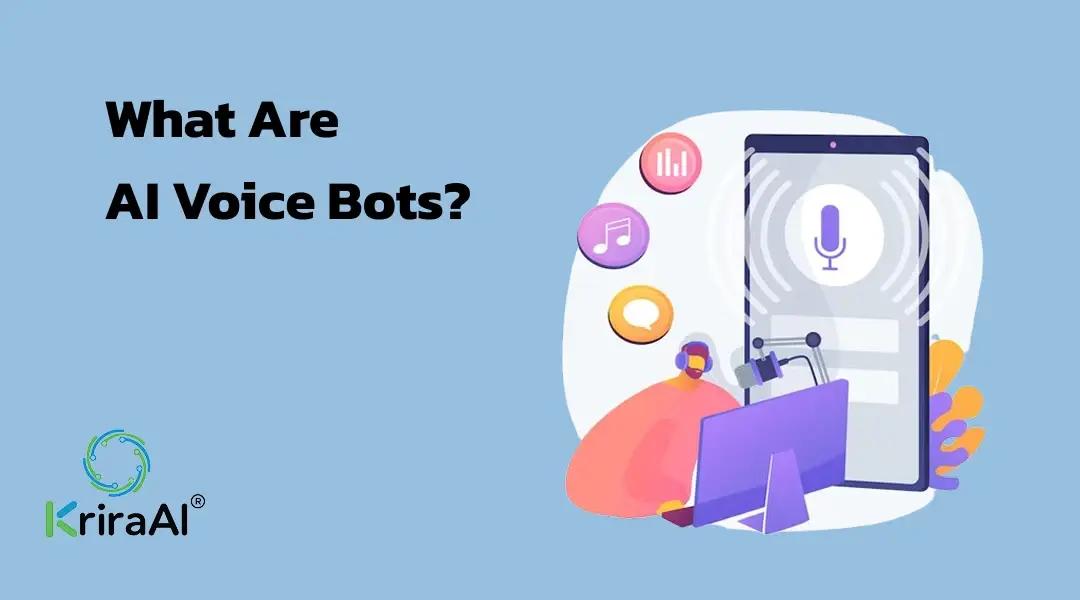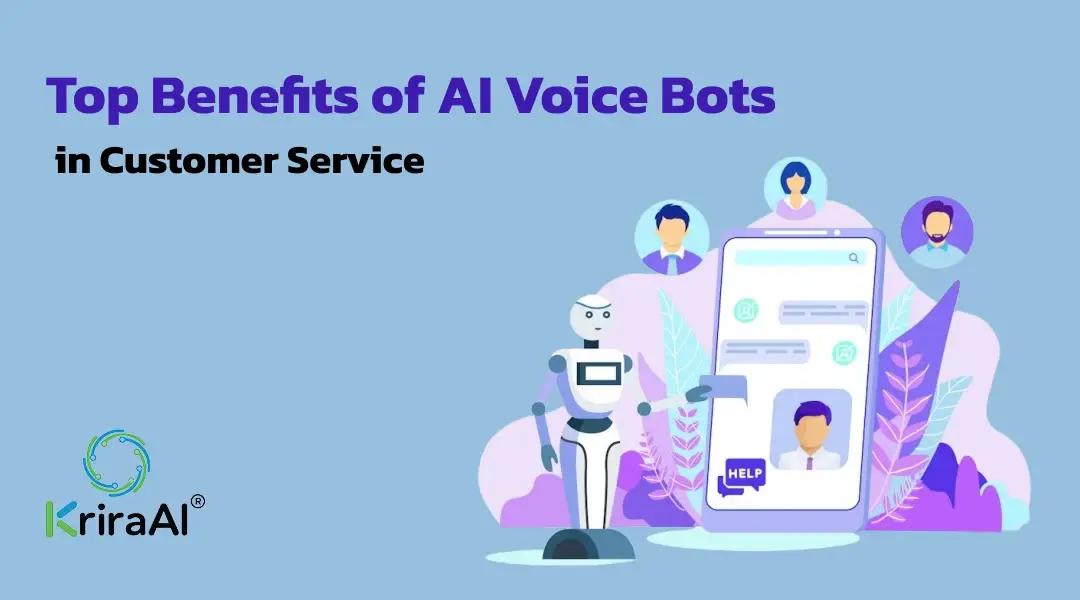The Benefits of Implementing AI Voice Bots in Customer Service
Let me guess.
You’ve been promised that AI will “revolutionize” your customer service. And yet your support team still deals with angry customers, sky-high wait times, and agents burning out faster than your coffee budget.
I’ve seen it firsthand. I’ve worked with contact centers drowning in tickets, and with business owners asking the same question:
“Can AI voice bots actually help—or are we just replacing human frustration with robotic confusion?”
Let me give it to you straight: AI voice bots work. When implemented correctly, they do not sound like a script read by a 2005 voicemail machine. They save time, money, and—most importantly—your customers’ patience.
But you need to understand what they are (and aren’t). Let’s clear the air.
What Are AI Voice Bots?

An AI voice bot is a machine-learning-powered assistant that can understand spoken language, process it intelligently, and respond in real-time—using natural-sounding voice synthesis.
They’re not just glorified IVRs. These bots use conversational AI for customer service that learns over time, adapts to context, and handles complex tasks like call routing, FAQ handling, and appointment setting.
Think of it as hiring a tireless, always-on call agent… that never takes a sick day.
Top Benefits of AI Voice Bots in Customer Service

1. 24/7 Availability
Your customers don’t care that it’s 2 AM. They want answers—now.
AI voice bots for customer service work around the clock. No breaks. No sleep. No “your call is important to us, please hold.”
And if you're a global business? No more juggling time zones.
2. Reduced Operational Costs
I’ve seen companies cut support costs by 30–50% after implementing AI-powered call automation.
Why? Because bots handle the repetitive, high-volume queries that used to clog up your agents’ queues.
Want to reduce support costs with AI bots? Start by automating the tasks agents hate.
3. Faster Response Times
People hate waiting. The longer they wait, the more frustrated they get.
AI voice assistants respond instantly, handle basic queries in seconds, and only escalate when necessary.
Speed + relevance = less churn.
4. Increased Customer Satisfaction
This is where people get it twisted.
A well-designed AI voice bot doesn’t frustrate users—it delights them.
Instant responses. Friendly tone. No filler. And zero transfer hell.
I’ve had clients see CSAT scores increase after rolling out AI voice automation.
5. Scalability on Demand
Customer volume spiking? Holiday sales? Flash campaigns?
No problem. AI voice bots scale without adding headcount or training time.
Whether it’s 500 or 50,000 calls, they adapt on the fly.
6. Reduced Agent Burnout
Here’s a dirty little secret: Agents hate answering the same 7 questions 400 times a day.
By offloading routine queries to bots, you give your team space to breathe—and focus on complex, high-empathy cases.
You’re not replacing humans. You’re making their jobs suck less.
Use Cases of AI Voice Bots in Modern Call Centers
Let’s make this real.
Order Tracking & Status Updates
“Where’s my order?” Handled in 5 seconds—no agent required.
Appointment Scheduling
Real-time calendar integration. No back-and-forth. No human bottleneck.
Complaint Resolution
Bots can log and categorize complaints accurately—then escalate smartly. No emotional labor lost.
Feedback Collection
Post-call surveys done instantly, while the experience is fresh.
How AI Voice Bots Improve Customer Experience (CX)
AI for customer experience is more than just automation. It’s about personalization at scale.
With voice AI in customer support, you can:
Recognize returning callers
Tailor responses based on past behavior
Route queries faster with intent detection
The result? Every interaction feels smoother. Smarter. Human, even.
Key Features to Look for in a Voice AI Bot for Customer Service
Don’t fall for shiny UI demos. Look under the hood:
Natural Language Understanding (NLU)
Omnichannel Integration (with CRM, calendars, ticketing)
Real-Time Escalation Logic
Analytics & Continuous Learning
Customizable Voice & Personality
And yes Hire an AI developer who actually understands your domain.
Best Practices for Implementing AI Voice Bots
Want it to work? Then:
Start Small: Automate one high-volume use case. Nail it. Expand.
Train with Real Data: Synthetic training = synthetic results.
Design for Escalation: Bots should know when to call in humans.
Monitor & Iterate: It’s not “set and forget.” It’s “test and tune.”
Prioritize UX: Bad voice UX is worse than no bot at all.
The Future of Voice AI in Customer Service
This isn’t a fad.
As LLMs, multilingual models, and voice cloning mature, we’ll see bots that not only understand better but can express tone, empathy, even humor.
But here’s the kicker: The winners won’t be the ones with the best tech.
They’ll be the ones who solve real problems with real AI—without overpromising or under-delivering.
Conclusion
I’m not saying AI voice bots are magic.
They’re not.
But when done right, they’re a damn good answer to a very real problem: delivering great support at scale, without bleeding money or burning out your people.
You want to improve customer service with AI? Start where it matters most: the voice your customer hears when they need help.
FAQs
Not better—different. They handle volume and speed. Agents handle nuance and empathy.
Yes. Most modern bots support integration with CRMs, ticketing systems, and calendars.
Anywhere from 2–6 weeks depending on complexity and scope.
If it’s badly designed—yes. If done right? Many won’t even realize it's a bot.
Look for experience in NLP, voice synthesis, call flows, and business logic—not just code.

CEO
